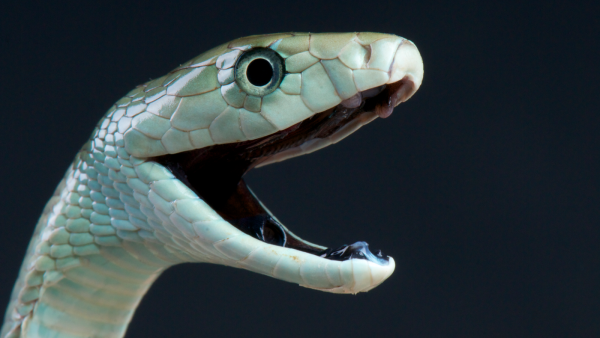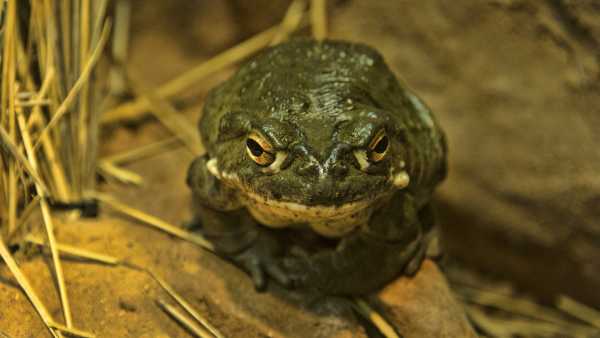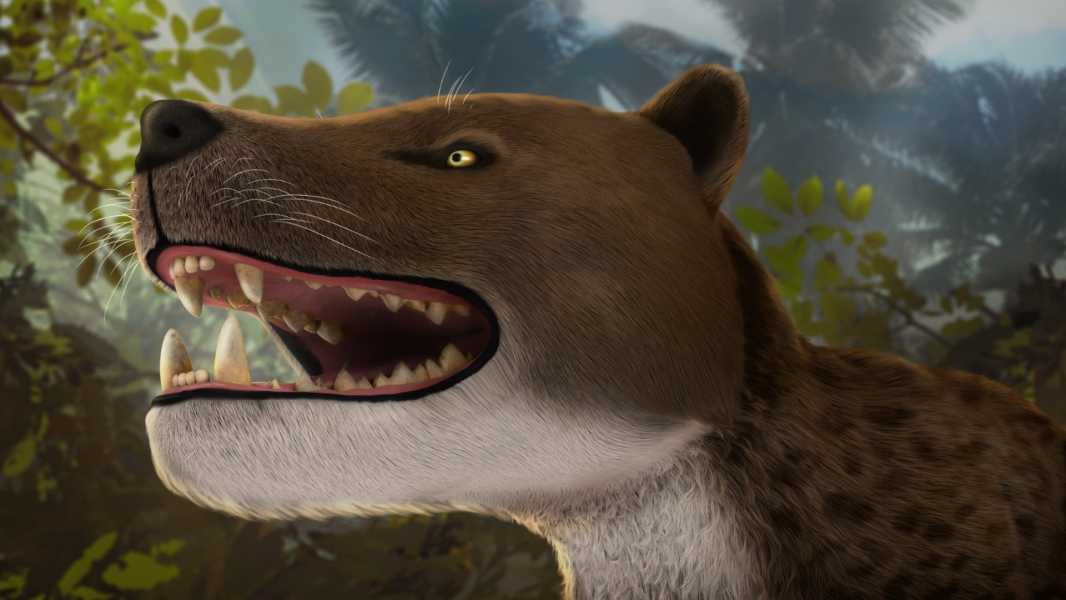
The newly identified hypercarnivore species, known as Bastetodon syrtos, lived approximately 30 million years ago. (Photo courtesy of Ahmad Morsi)
Researchers say a skull found in the Egyptian desert belongs to a previously unknown super predator that roamed parts of North Africa and the Arabian Peninsula about 30 million years ago.
The skull was recovered from the Jebel Qatrani Formation, located about 60 miles (100 kilometers) from Cairo. Scientists have now identified it as a new species called Bastetodon syrtos in a study published Feb. 17 in the Journal of Vertebrate Paleontology.
When B. syrtos lived, the area was covered in dense forests. The species belongs to an extinct group of mammals known as hyaenodonts, which flourished from about 66 million to 5.3 million years ago. Scientists speculate that it was likely a “hypercarnivore” — a carnivore whose diet consisted of more than 70% meat.
“The team spent several days carefully excavating layers of rock that are about 30 million years old,” said lead author Shorouka Al-Ashkar, a researcher at El Mansoura University and the American University in Cairo.
“As we were about to complete the work, one of the team members noticed something unusual – a row of large teeth protruding from the ground,” she added. “His excited cry united the team, signaling the start of an amazing discovery: a nearly complete skull of an ancient apex predator, a vertebrate paleontologist’s dream.”
A detailed examination of the skull revealed that it had a short, cat-like snout and a powerful jaw capable of tearing apart prey. Unlike most modern carnivores, which have specialized flat incisors, hyaenodonts like B. syrtos had multiple sets of blade-like teeth, consistent with their hypercarnivorous diet.
Image 1 of 4
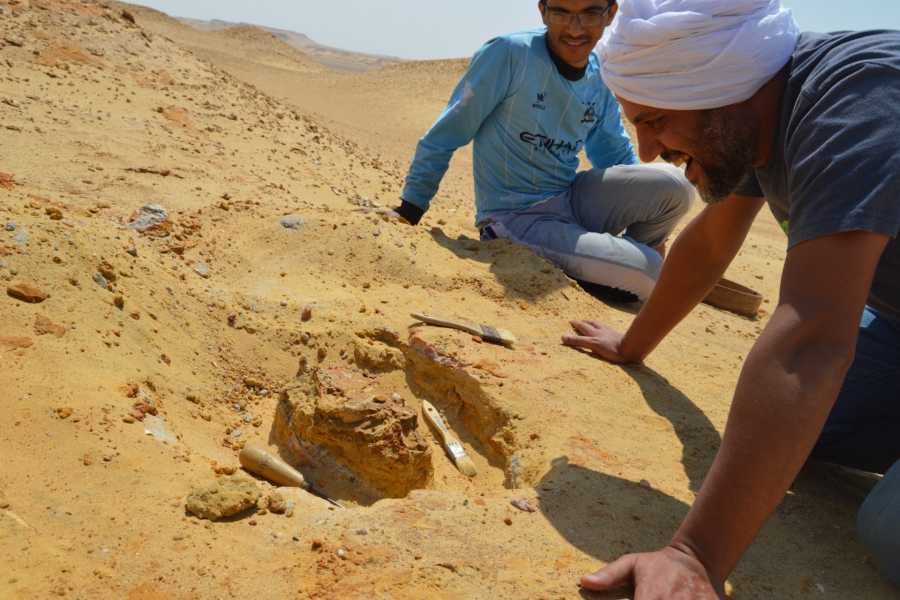
(Image credit: Hesham Sallam)
The lab of Egyptian paleontologist Hesham Sallam discovered the skull about 60 miles (100 kilometers) from Cairo.
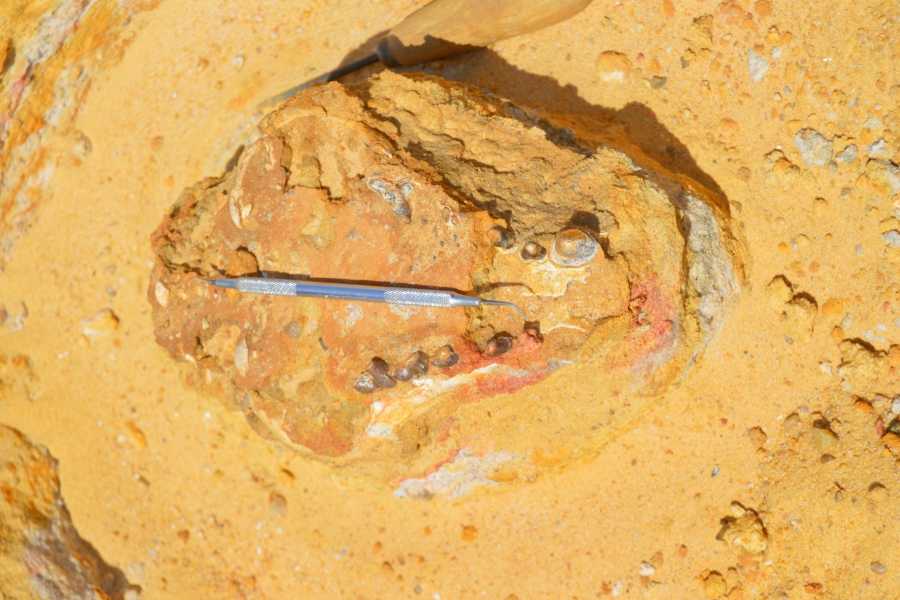
(Image credit: Hesham Sallam)
The new skull dates back to 30 million years ago, when the area was wetter than it is today.
Sourse: www.livescience.com



